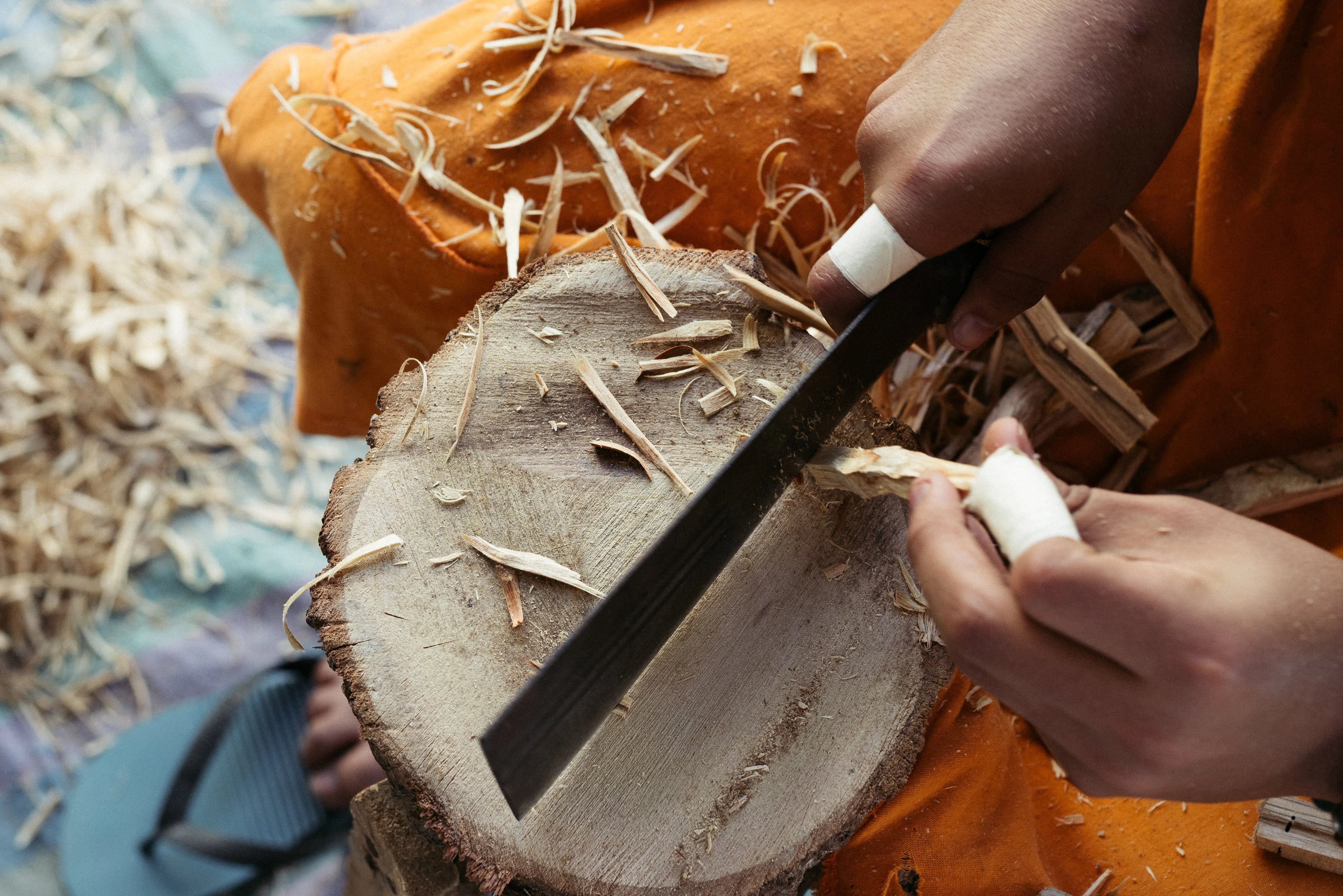Get to Know Dragon’s Blood, or “Sangre de Grado”
Hear the words “dragon” or “dragon’s blood” in any context, and your mind might automatically jump to Game of Thrones - but fret not about revenging armies or fireballs. We’re here to tell you about a much less sinister version of dragon’s blood.
In fact, this dragon’s blood might even help to heal some wounds.
Dragon’s blood, or “sangre de grado” is a tree native to the Amazon region of South America. Its poetic name stems from its bright red sap, which stands out vividly against the most stubbly, repitilian-looking bark. Both the tree’s bark and resin boast a long history of usage in traditional medicine - in fact, indigenous tribes throughout Peru and Ecuador have used its sap for centuries. Here are three ways sangre de grado can be benficial:
- Sangre de grado possesses a high concentration of Taspine - an alkaloid with anti-inflammatory properties - which may help to accelerate the healing process of external wounds. We recommend you apply topically as needed, by hand or cotton ball.
- In ancient times, sangre de grado was commonly used to aid in digestive health, with its plant resin especially used for treatment of diarrhea or dysentery. When taken internally, dragon’s blood has been reported to be beneficial for stomach ulcers, ulcerative colitis and Crohn’s Disease. Its chemical SP-303 was even approved by the FDA for the treatment of non-infectious diarrhea in 2013, as sangre de grado is most commonly used to help relieve gastrointestinal pain. To use, simply add 0.77 ml (~about 30 drops) to 2 oz. of water or juice up to 2 or 3 times a day (between meals). Remember to shake well before using!
- As a natural astringent, the bark of the sangre de grado tree may be applied directly to the skin to potentially help stem blood flow.
Shop here










